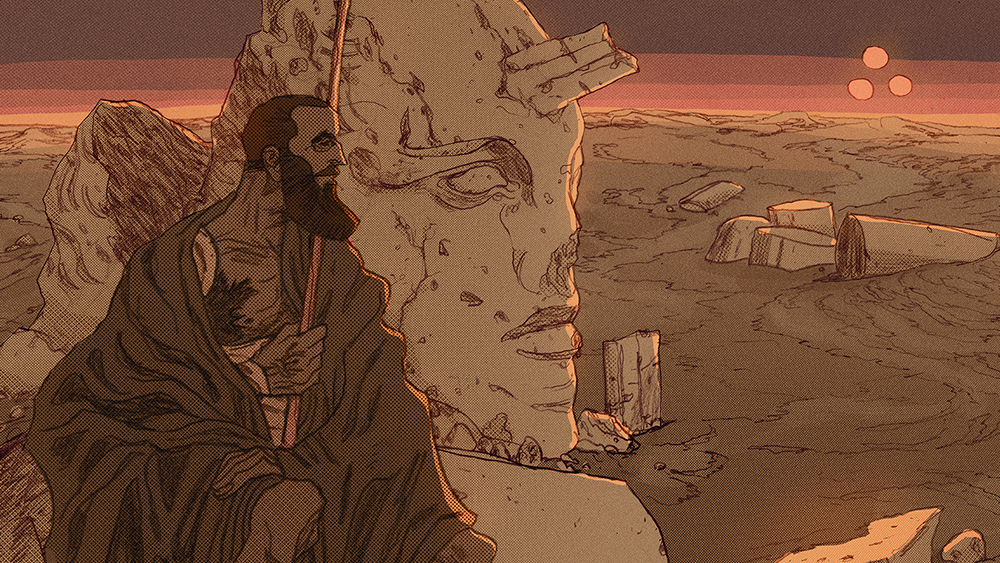A day in the life: Ilka & Franz
"The big brands are often not the funnest" – renowned photography and director duo talk about their boundary pushing work.
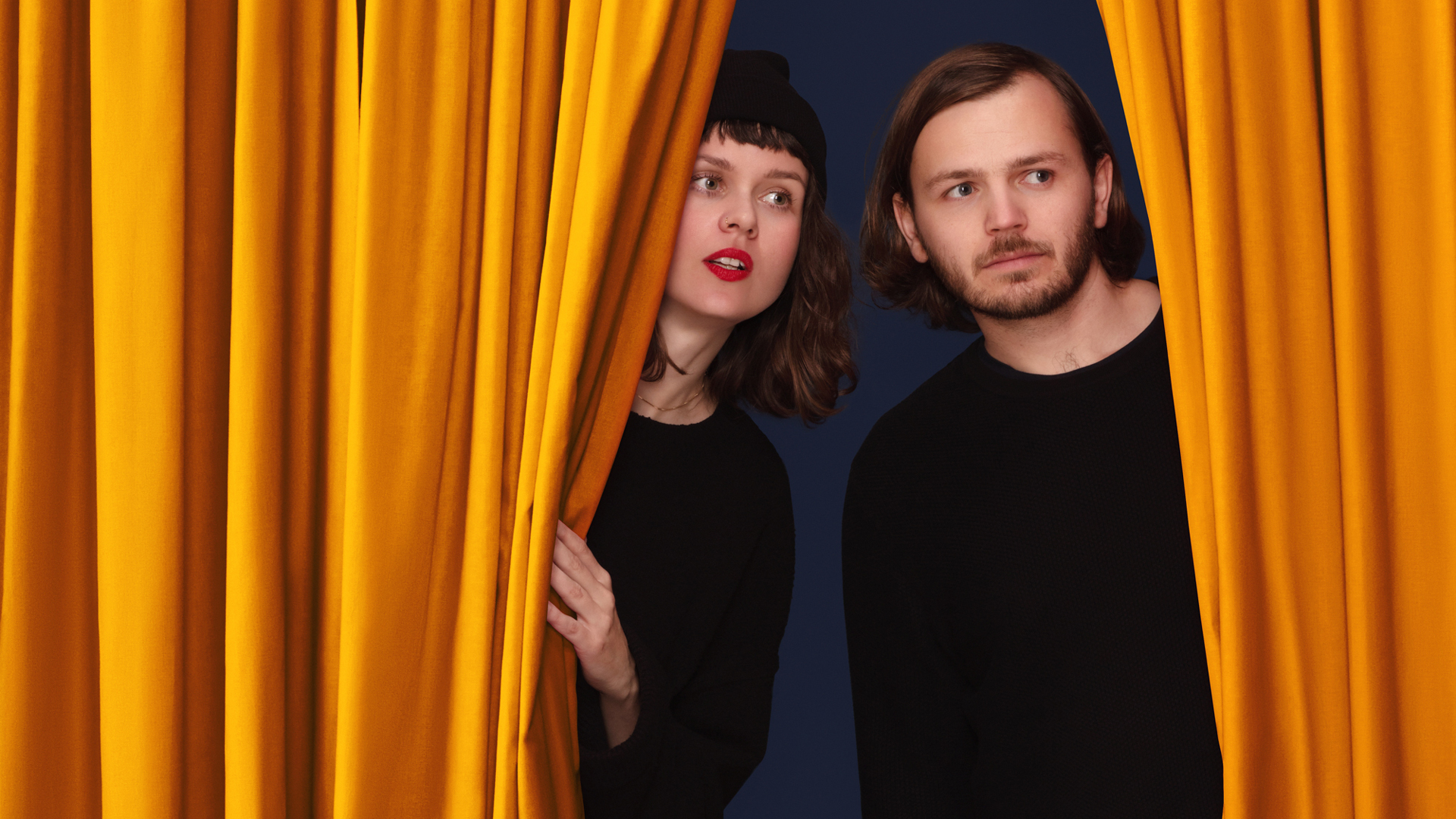
Ilka & Franz describe themselves as a "photo and director duo, who happen to be partners in work and life". They are known for their daring, bright and characterful photography, which adds humour to still life, portraiture, film and animation.
Clients include Cadbury, Adidas, Google and Vodafone, they have shot for magazines such as Cosmopolitan, New Scientist, Der Spiegel and Wired, and have won numerous awards along the way. We caught up with them to find out about their daily routine, why they love pushing boundaries, why big brands are "often not the funnest", and how every project is a dance.
For more in the Day in the Life series, see our interviews with Ben the Illustrator, Emily Sneddon from COLLINS and Tasha Pretlove of Fluro.
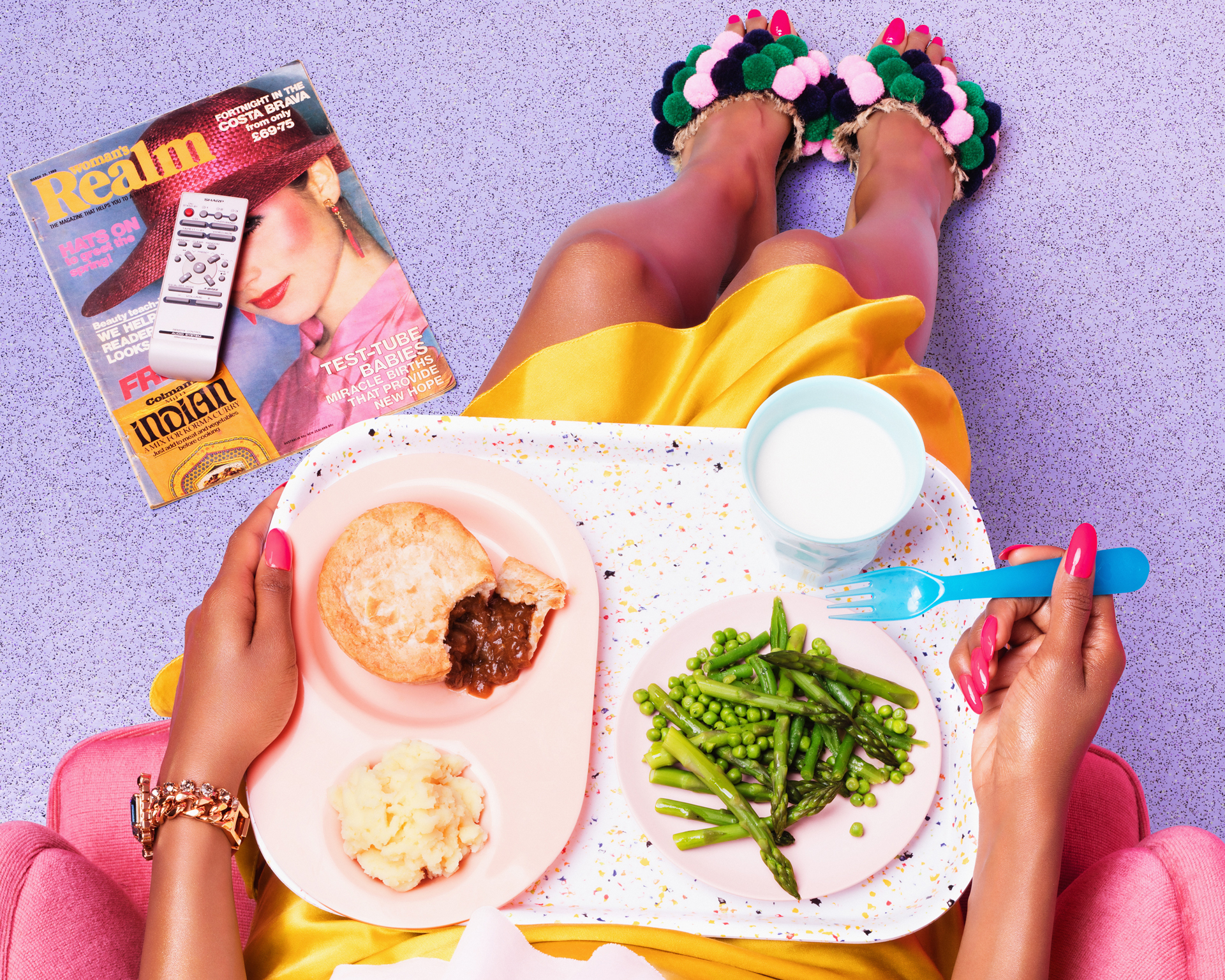
Tell me about a typical day in your role
Typically, our days start and end together. There are really four types of typical day for us: shoot days, prep/production days, retouching days and admin days. We’re both early risers and like to be in the studio or at our desks before 8am. Shoot days tend to be hectic with loading and set-up from 8am, trying to get as much as possible set up before clients, talent and other crew arrive. We normally have a full-on schedule of shots to get through, are on our feet most of the time, wolf down our lunch when there is a minute to spare, and when we’ve got everything, we pack up again and, with luck, leave the studio at 6:30pm.
We do the post-production of most of our work ourselves, so each shoot comes with many hours spent at the computer retouching before the final work sees the light of day. We’re also heavily involved in the preparation of our shoots, where we work very closely with our gang of stylists and set designers to work out all the details of each shot. We like to have it all planned out before the shoot, so much of the creativity actually happens long before the big day. We normally plan each shot in terms of background colours, props, talent, wardrobe, make-up and even down to the nail colours. Regardless of it being an office or a studio day, it will always start by one of us taking our dog Biszko for a walk.
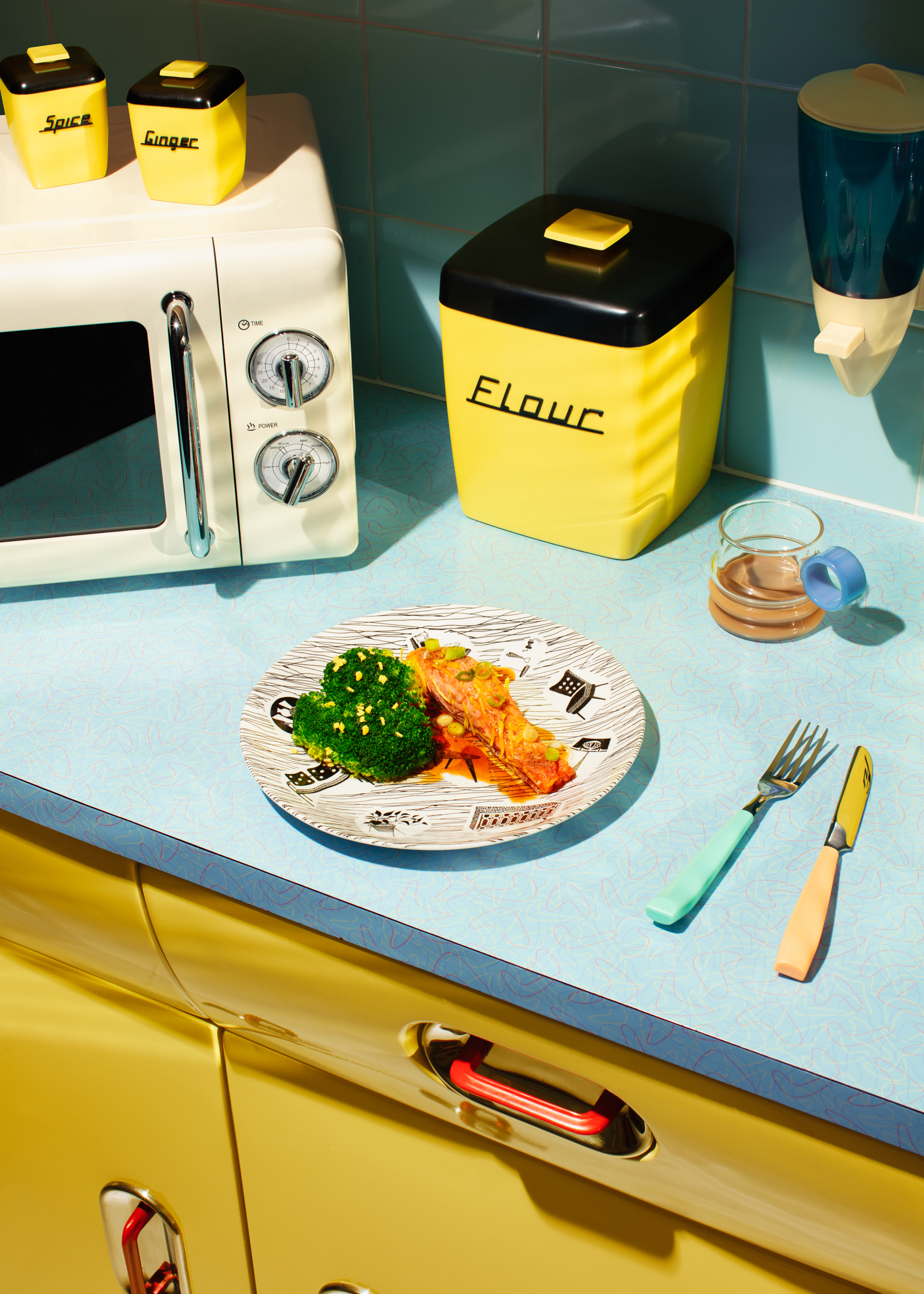
Which project are you most proud of?
We are just in the process of finalising a project, which has kept us busy for the best part of the year. Sadly, we can’t share the work yet. The project involves 10 hero stills, each captured in its own 6m x 4m abstract colour set with various props and two models in each shot. Each picture is super unique but they are also extremely consistent with regards to composition and model positions.
For each hero still, we also shot and retouched a stop motion animation. We shot this over the course of a week with set build days at the start and in the middle. We’re proud of this one because of its scale. Lots of shots, huge sets, lots of details to plan out and get right on the day and so many crew involved. It was a joy to witness everyone with their different skills come together and bring to life all those slides, scamps and plans we created in the lead-up.
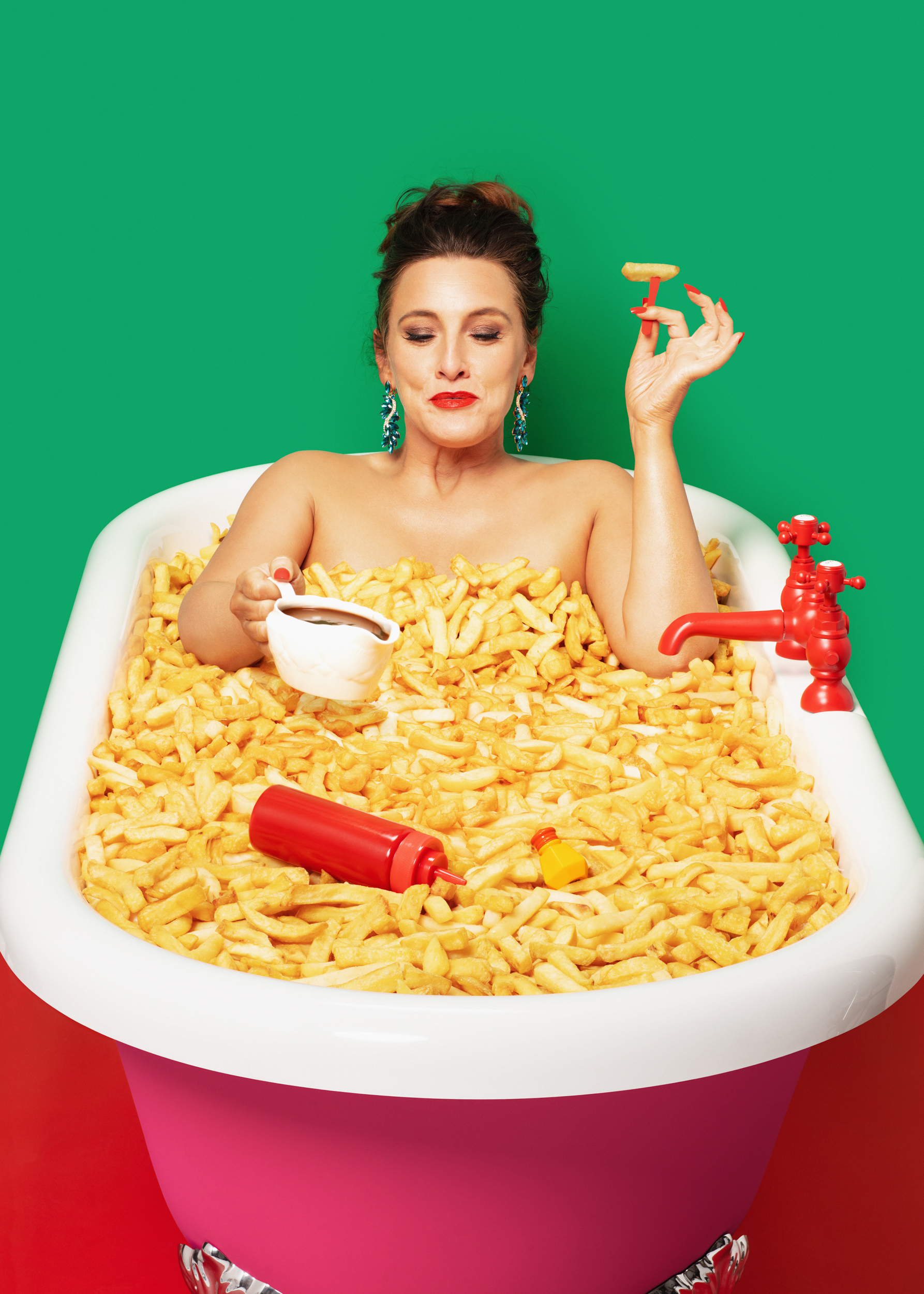
How do you approach a new brief when you get it?
Many of the enquiries we get are triple bids. That means that we get asked to submit a treatment to pitch for the job. This is where we start thinking about how we would approach the project if awarded. We try to make sense of the requirements and come up with ideas for how to make the project the best it can be. This is really all about vision and aspiration while also keeping it realistic and achievable.
If we’re lucky and we get awarded the project, we normally start with a kick-off call with the agency, where we talk about all the ideas we presented in our treatment and work out what exactly is wanted, what is perhaps dictated by the brand or client preferences and where we can run free.
Next, we get our creative crew together. This might consist of a set designer, a prop stylist, wardrobe stylist, hair, make-up, nails, etc. In most cases, the closest collaboration happens with the set/prop department and the wardrobe stylist. Both these areas involve the buying and making of things, so it’s important to work out all those details early on, so everything is ready in time for the shoot. We normally share one big and messy document between us to show each other ideas, work out colour combinations, sizes of any set elements, etc. This stage is super fun and we always try to push the boat out a bit by suggesting mad ideas and colours – always ready to be pulled back to reality by the agency and clients.
If all goes to plan, everything is planned out and signed off enough days before the shoot that anything that needs building or making can be finished in good time. Once we all arrive in the studio on the day, everyone knows what they need to do and we have a rough idea of how each shot will look. We always allow for some flexibility too, because some things can only be worked out once we are looking through the camera, for example exact placements of props in sets.
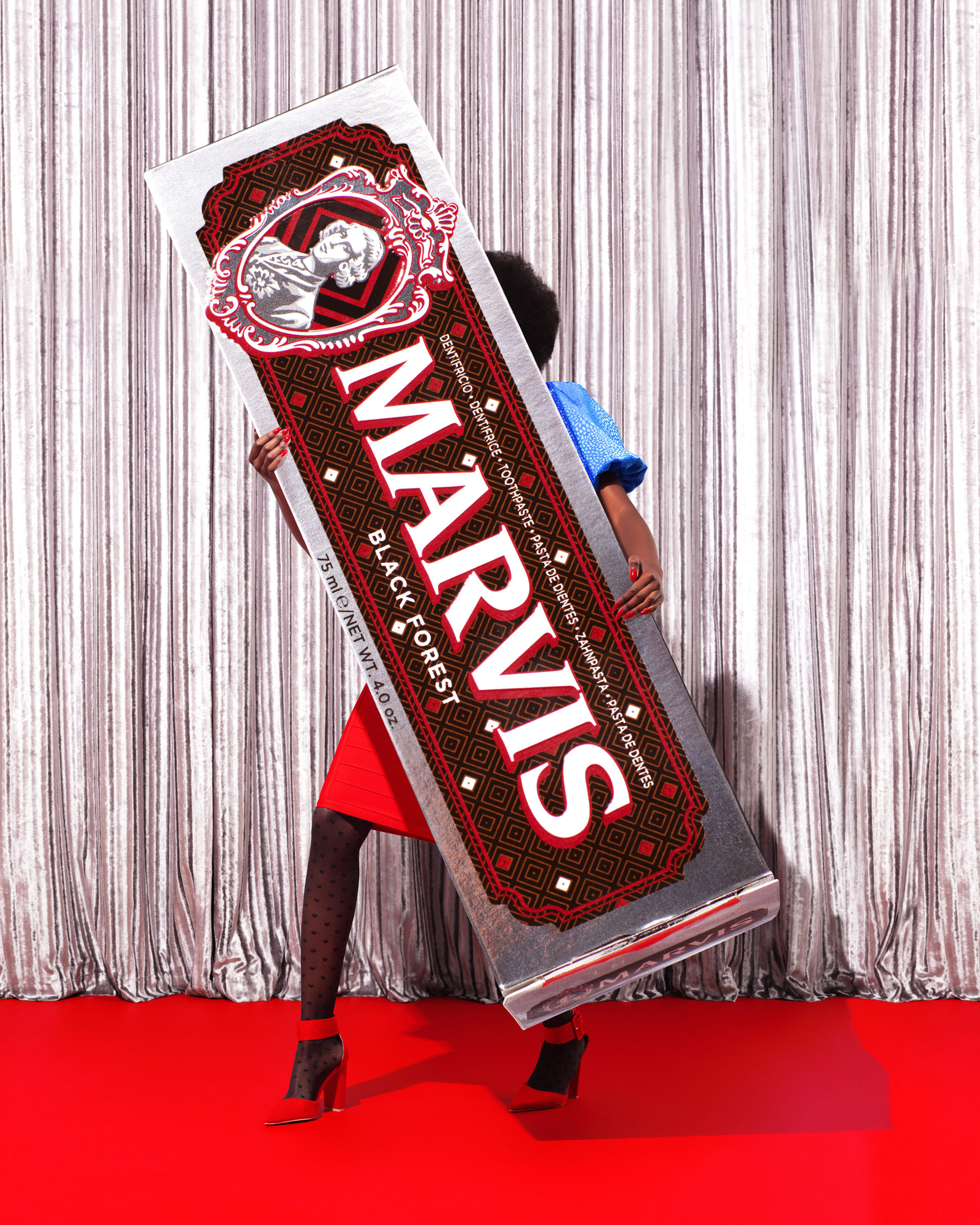
Tell me about a tricky work-related challenge and how you approached it
Every single project is a tricky challenge. Really. Every shoot is a dance between a client wanting the best shoot for their brand, an ambitious, vision-led agency art director and a budget that is tight to begin with and will probably be cut further before we land the job. We really had to develop a can-do mindset and learn to find ways to make the seemingly impossible possible.
What advice would you give aspiring photographers?
There are so many ways to be a photographer, so many different styles, ways of working and lifestyles that come with it. But one thing applies to them all and that is that in the beginning opportunities won’t just come to you. You have to create them, keep making work and keep showing it to relevant people.
It takes time to get good at what you do and honest feedback is hard to come by, so take it onboard when you do. Even though assisting is a great way to learn all the technical stuff, we think that creating your own work is much more important. Only by lighting and shooting yourself, you can really learn and develop a creative vision.
We also always tell people that they shouldn’t feel limited by what equipment they own or can afford. You don’t need a fully equipped studio to shoot interesting work. We started out with two second-hand flash heads, a camera and a tripod in our living room.
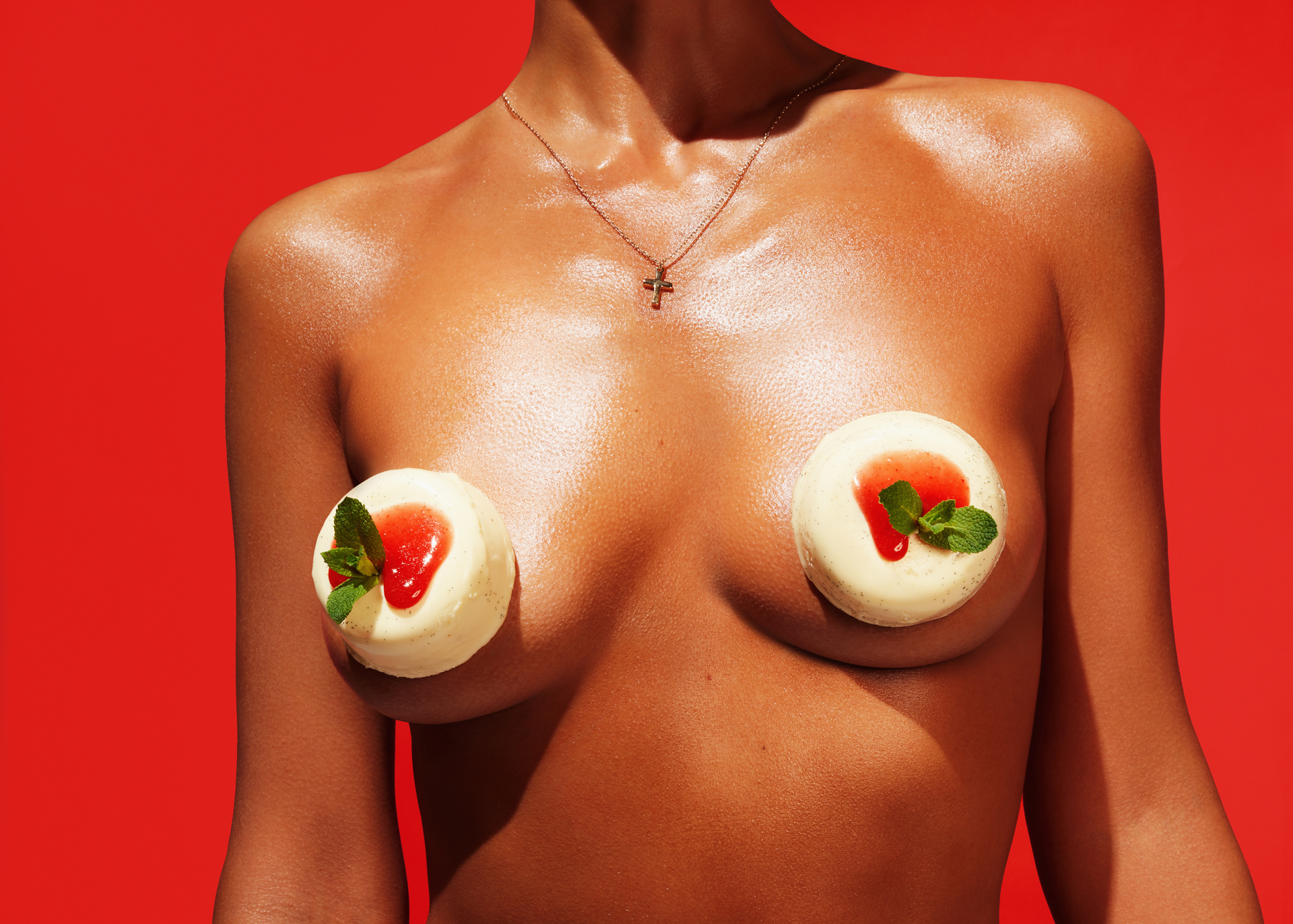
How can photographers ensure their ideas and output stay fresh?
Once you get commissions as a photographer, your work tends to revolve around the same themes and aesthetic, as clients normally want something similar to what you have done already. It is all too easy to get stuck in your ways and get too comfortable.
We think it’s really important to work on personal projects and we try to make time for at least one a year. Being a photographer was most fun when we spent all day every day coming up with our own ideas and just shot them. It’s important to keep some of that juvenile, creative, fun energy going. We also like to use personal projects (and editorial commissions to an extent) to push the boundaries of how we do things and try new lighting set-ups, new set materials, new angles, and so on.
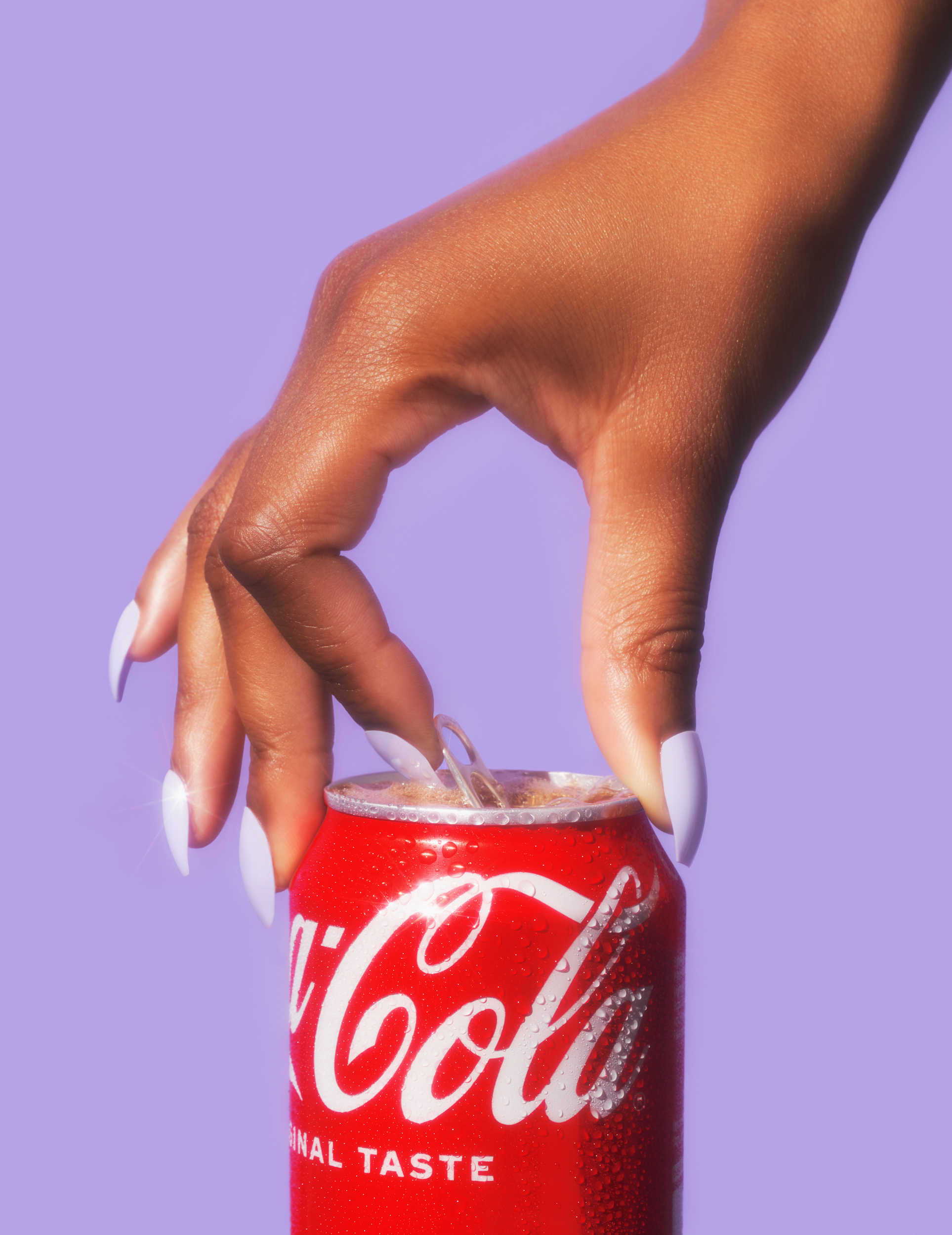
What tips would you give someone who wants to work with a high-profile brand?
We have kind of always thought that if you just keep shooting what you like, brands that are aligned with your aesthetic will eventually find you. However, for us the reality has also been that high-profile brands want to be sure you have the skills, so a drinks brand will want to see existing work with drinks, even a chocolate biscuit brand will want to see that you have shot a chocolate biscuit before. For that reason, we do think it is helpful to shoot test campaigns for your dream clients or at least have your dream clients in mind while you create work and try to find ways to make it relevant to them.
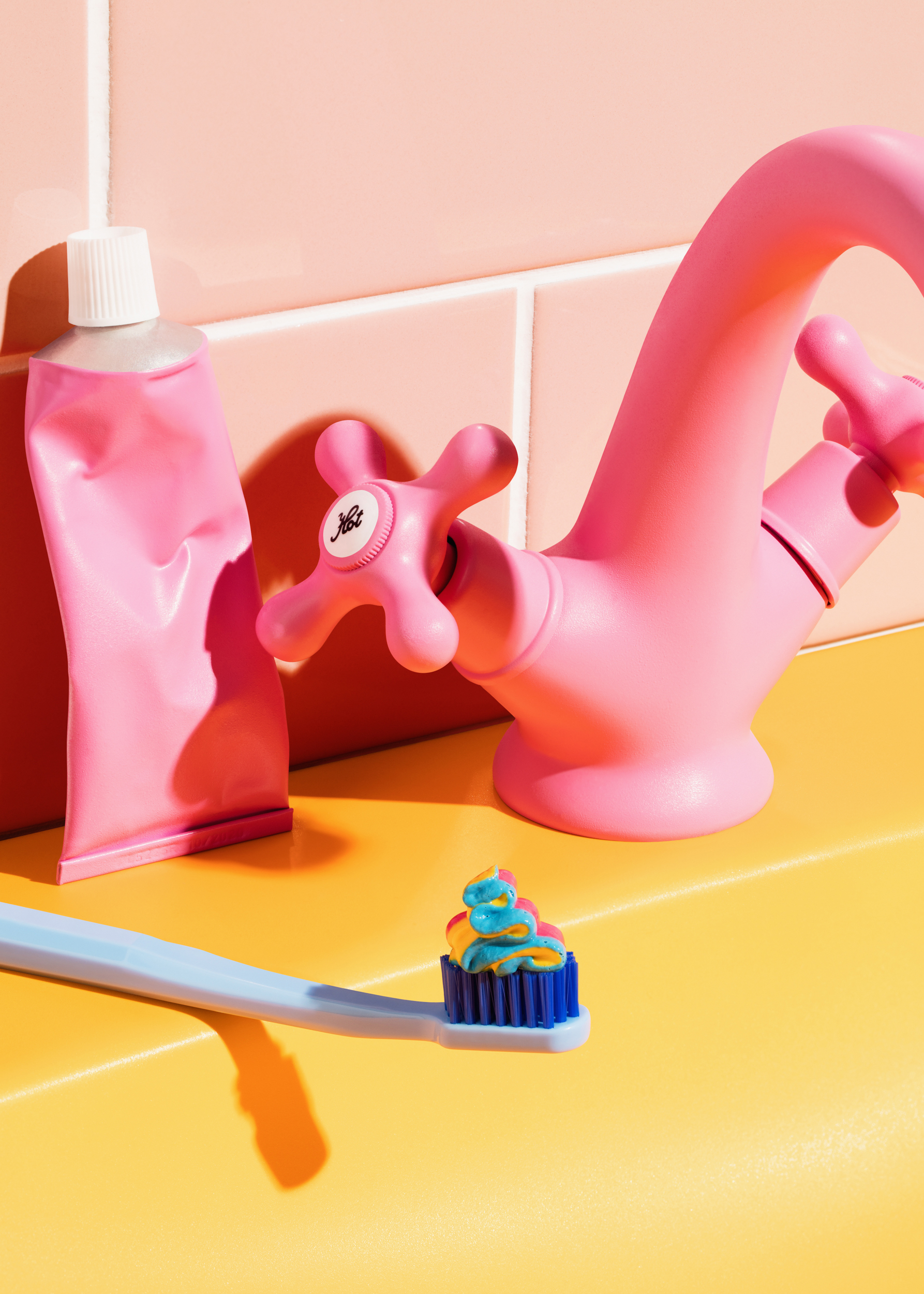
Who's your dream client?
We do occasionally take note of brands that we think are relevant to what we do and could be potential clients… just a brand to keep in mind basically. But, having shot for a few 'high profile' brands now, they are often not the funnest clients to work for. Yes, it is exciting to work for big brands, but lesser known clients are often the ones who really want to make use of your creativity and they are less scared to try something new.
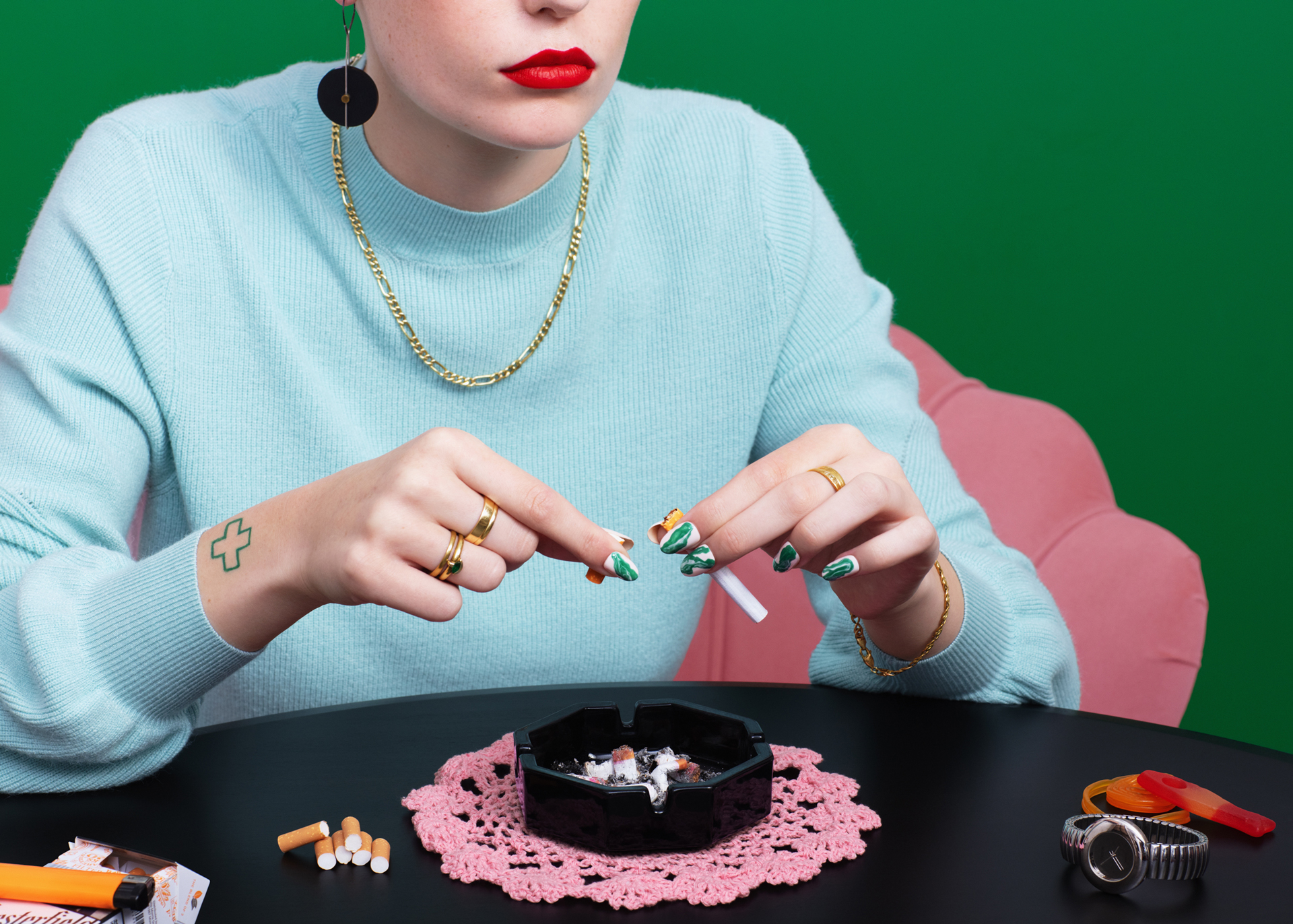
What career advice would you give your younger self?
We weren’t all that young when we became photographers. We both had different jobs before and I think we did many things right. Being a bit older, we had quite a bit of pressure to earn, so we took on all sorts of photography jobs from corporate head shots to product shots while also working hard on our creative portfolio. If anything, I’d say maybe we went out there to show our portfolio a bit too soon. It’s hard to get appointments with art buyers and agents and our first portfolio was pretty crap, but equally, a few gracious people were honest enough to be real with us and give constructive feedback and that really helped us move forward. So all in all, we’d do it all again.
To find out more, visit Ilka & Franz's website.
Daily design news, reviews, how-tos and more, as picked by the editors.
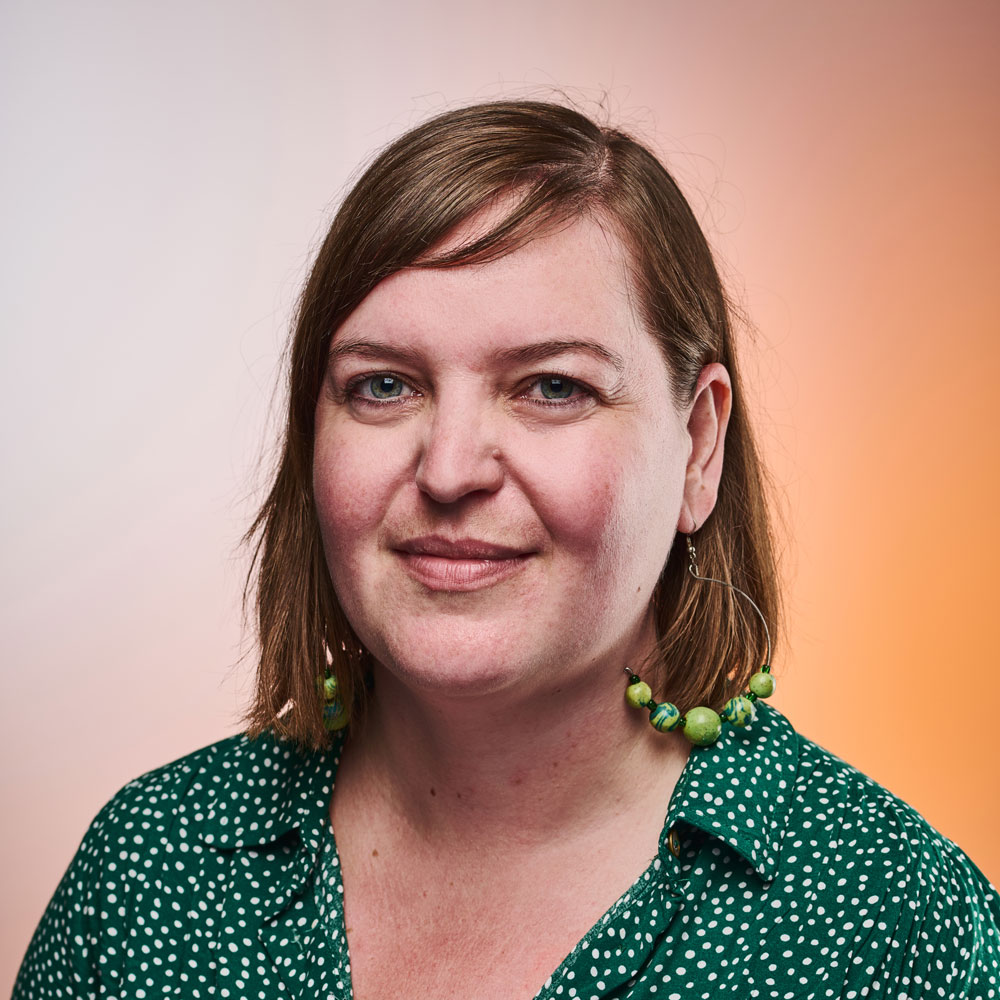
Rosie Hilder is Creative Bloq's Deputy Editor. After beginning her career in journalism in Argentina – where she worked as Deputy Editor of Time Out Buenos Aires – she moved back to the UK and joined Future Plc in 2016. Since then, she's worked as Operations Editor on magazines including Computer Arts, 3D World and Paint & Draw and Mac|Life. In 2018, she joined Creative Bloq, where she now assists with the daily management of the site, including growing the site's reach, getting involved in events, such as judging the Brand Impact Awards, and helping make sure our content serves the reader as best it can.
